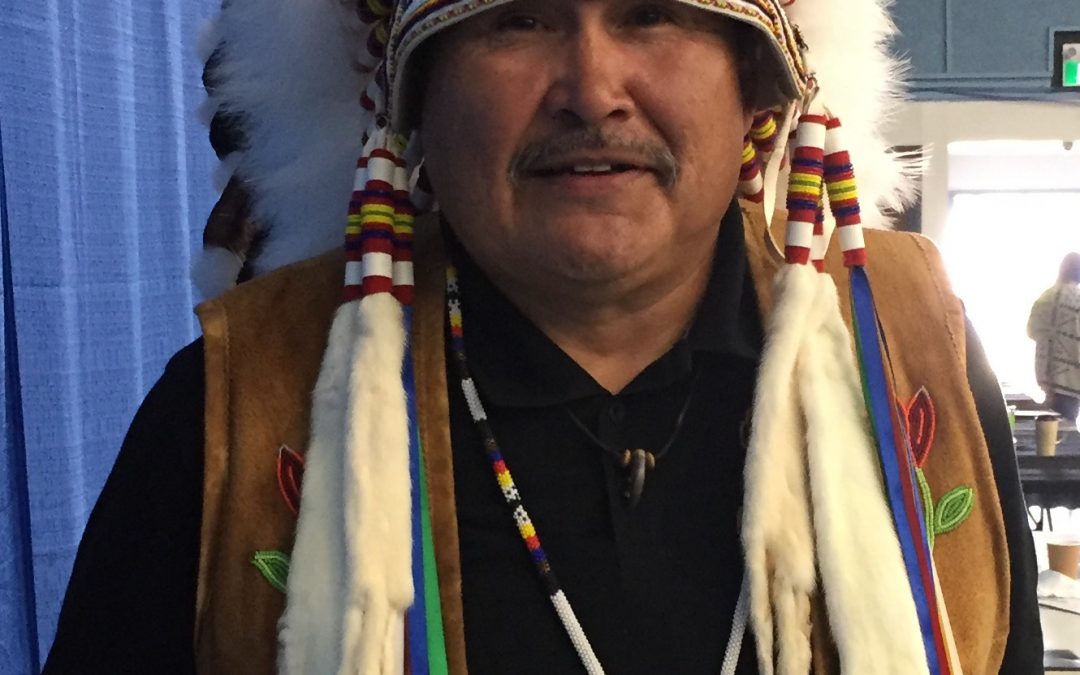By Michael Joel-Hansen
The Prince Albert Grand Council (PAGC) has offered their support to all those impacted by the events in Kamloops British Colombia.
PAGC Grand Chief Brian Hardlotte said the discovery of 215 children in a mass grave on the site of the former Kamloops Indian Residential School is a reminder about the history of Canada.
“It’s really a sad reminder of you know Canada’s genocidal actions against, really against Indigenous peoples, it’s important that we stand in solidarity,” he said.
Hardlotte added their hearts and prayers were with all the people affected by the discovery at the former residential school. The Grand Chief said the PAGC also wanted to stand with Chief Rosanne Casimir and her council.
“We support the chief of that nation and her council and their efforts to bring out the full truth of what happened to their children and to find healing,” said Hardlotte.
The PAGC is also supporting calls made by the Federation of Sovereign Indigenous Nations (FSIN) for searches to be done using ground penetrating radar to find unmarked grave sites at former residential schools in Saskatchewan.
A number of the former schools the FSIN is recommending be searched are part of the PAGC. The grand chief said he is thankful the technology exists to perform underground searches and added doing searches could help many communities in their work to heal.
“It’s important for those communities where those residential schools (were),” he said.
Hardlotte explained the process of finding unmarked graves and what happens after needs to be done according to the proper customs and said direction has to be sought from the certain people on how to move forward.
“The protocols have to be followed; we have to have that guidance from our elders,” he said.
The tribal council is also calling on the federal government to compensate former students of the residential school in Timber Bay. Students who attended the school were not covered by the federal government’s residential school settlement due to a court ruling the Timber Bay School was not a federal residential school.
Hardlotte said it is clear the school at Timber Bay was a residential school and explained children from a range of communities including Lac La Ronge Inidan Band Montreal Lake Cree Nation and Peter Ballantyne Cree Nation were brought to the school.
“They’re entitled to that compensation,” he said.
One of the students brought to Timber Bay was Bobby Bird who was 10 years old. Hardlotte explained Bird and several other students ran away from the school in 1969 and there remains were not found until 30 years later.
“Bobby Bird was just one deaths of many that was a direct result of the schools also that we know there have been many more cases,” he said.
